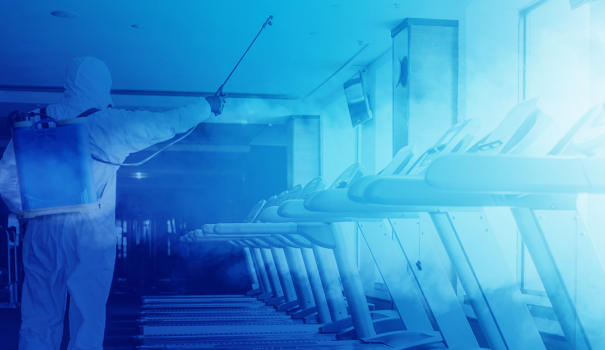
Electrostatic - Faster & thorough?
Electrostatic Sprayers being used to spray disinfectants on surfaces are all the rage today, but they are not all created equally in terms of infection prevention and control. Choosing a sprayer that saturates surfaces and has a good dwell time is how you can make sure you are using the disinfectant as the EPA recommends. Basically, the longer the chemical can stay wet, yes wet, the better. As an applicator, you need to make sure the disinfectant is staying wet on the surface for the time listed on the back of the EPA label. As an example, this may be up to 10 minutes. Some applicators may have drying points of, say, 2 minutes, meaning you would have to reapply 5 times. So, is it really faster? And if it doesn’t stay wet for the dwell time, you could be creating your own little superbugs. What about the electrostatic part of this? Although it’s great that disinfectant can potentially adhere to the back of a surface, sticking on those places you might normally forget, it’s likely less wet on those objects not directly sprayed which might mean a compromised dwell and an incomplete disinfection, not to mention electrostatic has the unfortunate ability for the spray to bind to the user, placing the user in danger of chemical exposure.